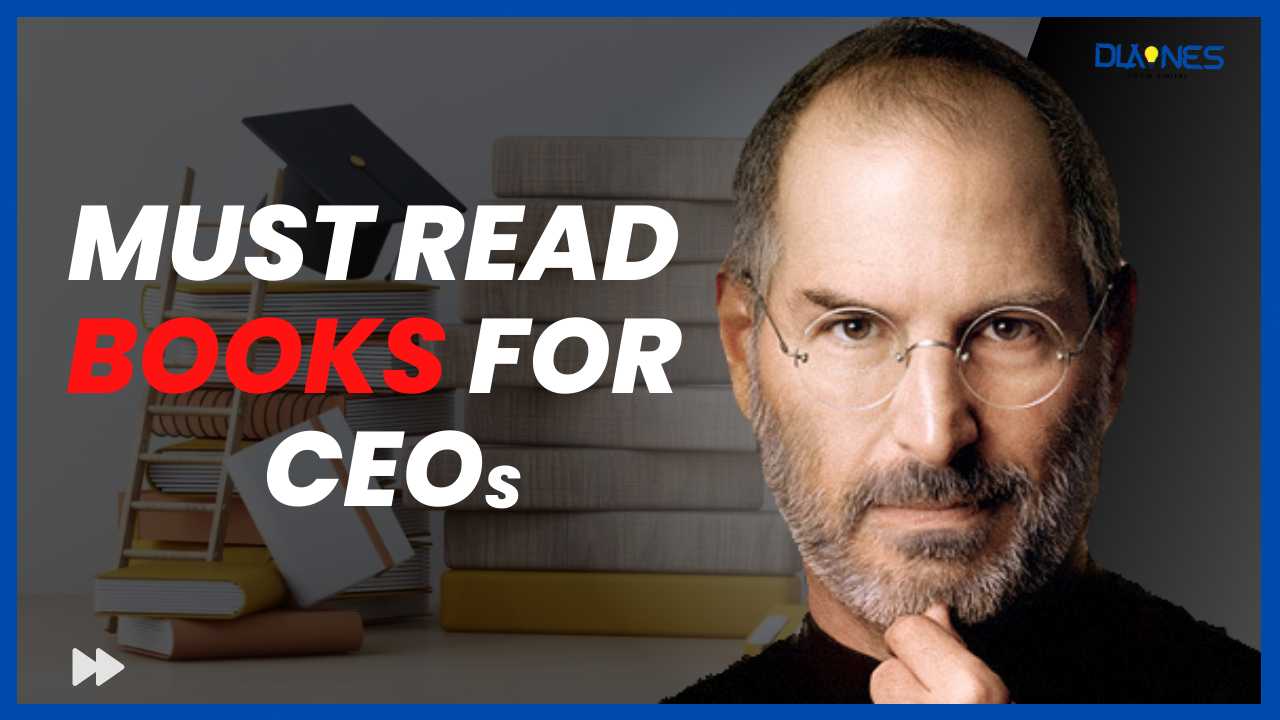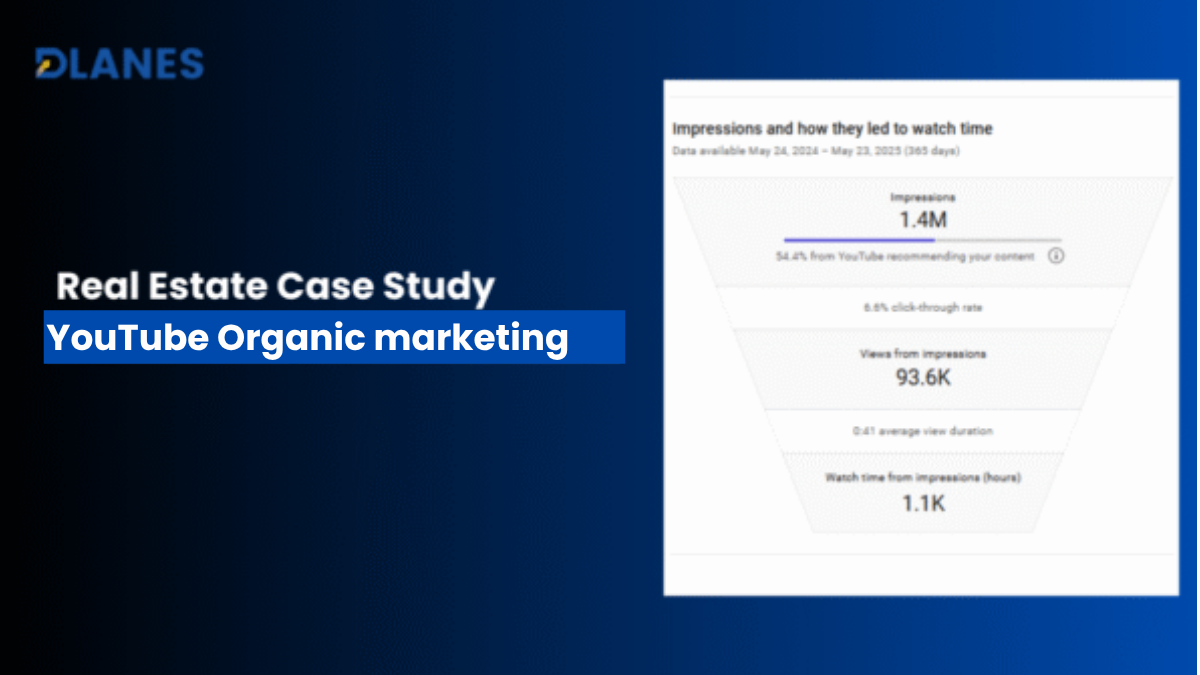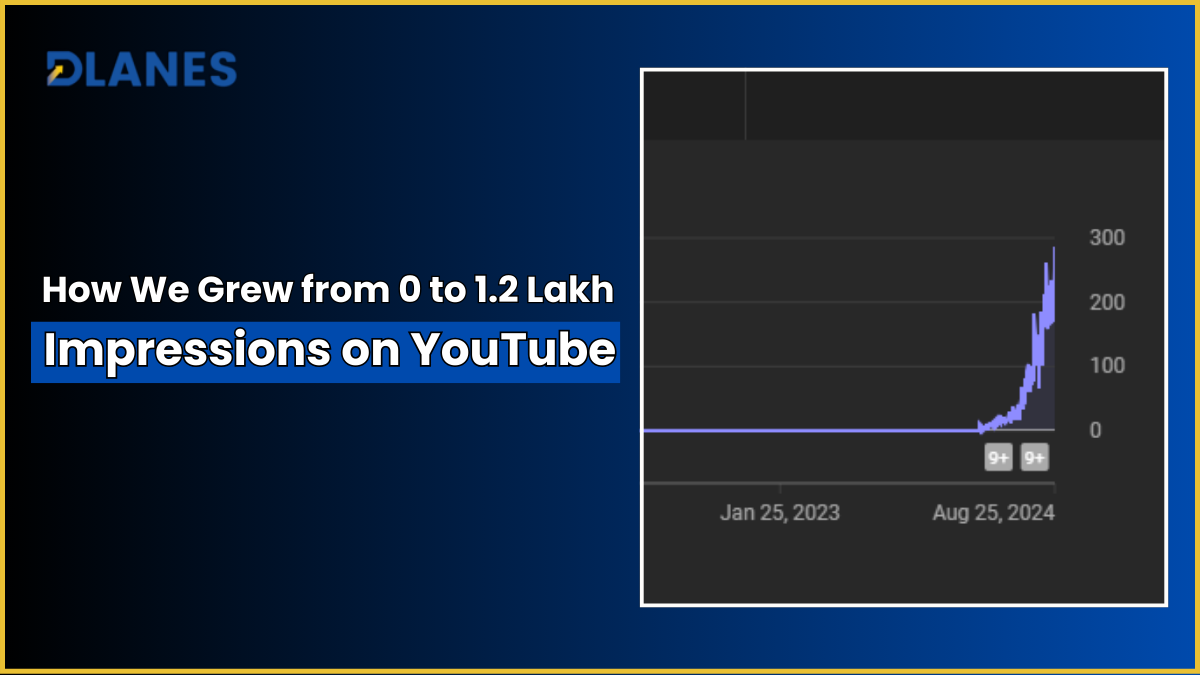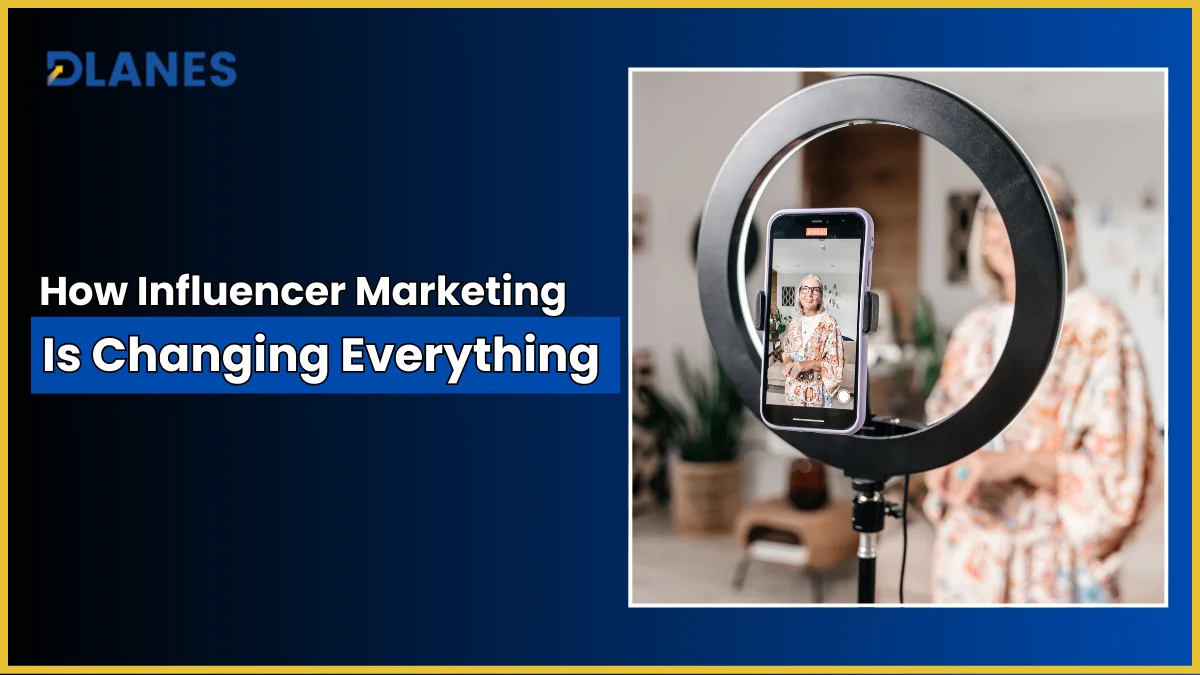7 Best CEO books

Shoe Dog
Shoe Dog, a biography written by Nike co-founder Phil Knight, chronicles the company’s early history. It is an engaging and compelling paper that can provide CEOs with valuable insight into business strategy, leadership, and motivation.
Inspiration and Motivation: The story of Nike’s humble beginnings and how Phil Knight and his team overcame many difficulty to build his one of the world’s most recognizable brands is a story for any CEO. It can be a source of encouragement and motivation.
Business Insights: Shoe Dog provides an in-depth account of the decisions and strategies Phil Knight and his team used to make Nike the global active it is today. Reading about the challenges they faced and the solutions they found can provide beneficial insight for any CEO looking to grow their business.
Leadership Lessons: “Shoe Dog” also provides valuable leadership lessons. Phil Knight’s leadership style and ability to inspire and excite his team make him a useful role model for CEOs looking to build strong, connected teams.
Thinking, Fast and Slow
Thinking, Fast and Slow is a thought-provoking and insightful book that helps CEOs improve their decision-making, leadership, and strategic planning skills.
Decision making: This book provides insight into how people make decisions and the cognitive biases that influence them. This can help those who want to make better decisions by understanding how their biases and thought processes affect their decisions.
Leadership : It also provides insight into how people think and process information. This is useful for those who want to communicate more effectively with their team. By understanding how people’s minds work, we can adjust our communication strategies to increase employee engagement and motivation.
Strategic plan: The book also provides insight into risk perception and assessment. This helps the company make strategic decisions about its future. Understanding how people perceive and assess risk helps make more informed decisions about investments, mergers and acquisitions, and other strategic moves.
Invent and Wander
Invent and Wander is an invaluable resource for founders and CEOs looking to build successful companies, develop strong leadership skills, and stay ahead of the curve on innovation and disruption.
Insights into entrepreneurship: Bezos is one of the most successful entrepreneurs of our time, and his essays provide valuable insight into building successful businesses. He shares his thoughts on everything from the importance of customer obsession to the benefits of taking big risks.
Leadership Lessons: Bezos is also known for his unique leadership style, and “Invent and Wander” provides insight into how he built and ran one of the world’s most successful companies. I’m here. He talks about the importance of hiring the right people, setting high standards, and allowing teams to take risks and experiment.
Innovation and disruption: Amazon is known for disrupting traditional industries and creating new markets. Bezos was the driving force behind that innovation. At Invent and Wander, he shares his thoughts on staying ahead and innovating in a rapidly changing business environment.
The 48 Laws of Power
The 48 Laws of Power is a thought-provoking and insightful book that provides valuable lessons for entrepreneurs and anyone who wants to succeed in business or other areas of life.
Networking: One of the main tenets of this book is the importance of building strong networks and alliances. This is especially important for entrepreneurs who need to build relationships with investors, customers and other stakeholders in order to succeed.
Strategic thinking: The book also emphasizes the importance of strategic thinking and planning. Entrepreneurs must be able to think a few steps ahead and anticipate potential challenges and opportunities to stay ahead.
Leadership: Finally, The 48 Laws of Power provide insight into what it takes to be an effective leader. To succeed, entrepreneurs and CEOs need to be able to inspire and motivate their teams to make tough decisions and stay focused on their goals.
The 4 Disciplines of Execution
The Four Disciplines of Execution provide a practical and actionable framework for achieving key goals and are useful for anyone seeking to improve their performance, either individually or as part of a team. .
Focus on what is absolutely important : The first discipline is to identify your most important goals or “WIGs” (Highly Important Goals) and focus your energy and resources on achieving them. This includes setting clear, measurable goals and aligning the team towards them.
Take guiding measures: The second discipline is to focus on the key actions that will drive progress towards WIG. Lead actions are the actions you can take every day or week that have the greatest impact on reaching your goals.
Run compelling scoreboards : The third area is tracking your progress with an attractive leaderboard that makes it easy to see your progress in real time. The scoreboard should be visible to everyone on the team and show the progress of WIG and lead actions. Create a rhythm of accountability. The fourth discipline is to establish a rhythm of accountability that includes regular meetings and check-ins to review progress, discuss obstacles, and make adjustments as needed. This keeps everyone focused and engaged and on track to reach their goals.
Nine Lies About Work
It is a thought-provoking book that challenges many assumptions about work and provides valuable insight into the true drivers of performance and success. Entrepreneurs, CEOs, and business professionals can apply these insights by focusing on strengths, creating a culture of feedback, and embracing diversity and inclusion.
Focus on strengths: One of his key messages in the book is that people are most productive and proactive when they are able to play to their strengths on a regular basis. Entrepreneurs and CEOs can apply this by focusing on their own strengths and those of their team members and finding ways to use those strengths to increase performance and success.
Create a feedback culture: The book also emphasizes the importance of regular feedback to help people improve and grow. By providing regular opportunities to share ideas, you can create a culture of feedback.
Embracing diversity and inclusion: Another key message of the book is the importance of diversity and inclusion for performance and success. Entrepreneurs and CEOs can apply this by creating a culture that values diversity and encourages different perspectives and ideas. This encourages innovation, creativity and collaboration, ultimately leading to better results.
The First 90 Days
It provide a practical and actionable framework for successfully transitioning into a new leadership role, helping those starting a new job or moving into a new leadership position.
Focus on learning and relationship building.
During the first 90 days, it’s important to focus on learning as much about the organization as possible and building strong relationships with key stakeholders. This includes asking questions, actively listening, and soliciting feedback to gain a deeper understanding of the organization’s culture, values, and goals.
Have a clear strategy and plan.
Once you have a good understanding of your organization, it is important to develop a clear strategy and plan to achieve your goals. This involves prioritizing and identifying key initiatives and creating a detailed action plan outlining what needs to be done, who needs to be involved, and when something needs to happen. included.
Communicate clearly and often:
Effective communication is critical during the first 90 days. Because you can build trust, establish credibility, and align people with your goals and vision. This includes keeping your message clear and concise, using multiple channels to communicate with different stakeholders, and actively seeking feedback to ensure your message is received and understood. included.



















